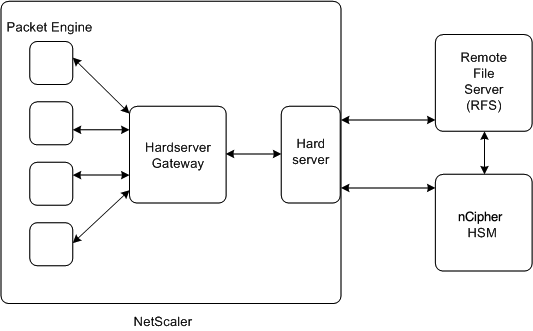This content has been machine translated dynamically.
Dieser Inhalt ist eine maschinelle Übersetzung, die dynamisch erstellt wurde. (Haftungsausschluss)
Cet article a été traduit automatiquement de manière dynamique. (Clause de non responsabilité)
Este artículo lo ha traducido una máquina de forma dinámica. (Aviso legal)
此内容已经过机器动态翻译。 放弃
このコンテンツは動的に機械翻訳されています。免責事項
이 콘텐츠는 동적으로 기계 번역되었습니다. 책임 부인
Este texto foi traduzido automaticamente. (Aviso legal)
Questo contenuto è stato tradotto dinamicamente con traduzione automatica.(Esclusione di responsabilità))
This article has been machine translated.
Dieser Artikel wurde maschinell übersetzt. (Haftungsausschluss)
Ce article a été traduit automatiquement. (Clause de non responsabilité)
Este artículo ha sido traducido automáticamente. (Aviso legal)
この記事は機械翻訳されています.免責事項
이 기사는 기계 번역되었습니다.책임 부인
Este artigo foi traduzido automaticamente.(Aviso legal)
这篇文章已经过机器翻译.放弃
Questo articolo è stato tradotto automaticamente.(Esclusione di responsabilità))
Translation failed!
Architecture overview
The three entities that are part of a Citrix® ADC-Entrust deployment are an Entrust nShield Connect module, a remote file server (RFS), and a Citrix ADC.
The Entrust nShield Connect is a network-attached hardware security module. The RFS is used to configure the HSM and to store the encrypted key files.
Hardserver, a proprietary daemon provided by Entrust, is used for communication between the client (ADC), the Entrust HSM, and the RFS. It uses the IMPATH secure communication protocol. A gateway daemon, called the Hardserver Gateway, is used to communicate between the Citrix ADC packet engine and the Hardserver.
Note: The terms Entrust nShield Connect, Entrust HSM, and HSM are used interchangeably in this documentation.
The following figure illustrates the interaction between the different components.

In a typical deployment, the RFS is used to securely store keys generated by the HSM. After the keys are generated, you can securely transfer them to the ADC and then use the GUI or command line to load the keys to the HSM. A virtual server on the ADC uses Entrust to decrypt the client key exchange to complete the SSL handshake. Thereafter, all the SSL operations are performed on the ADC.
Note: The terms keys and application key tokens are used interchangeably in this documentation.
The following figure illustrates the packet flow in the SSL handshake with the Entrust HSM.
Figure 1. SSL Handshake Packets Flow Diagram with Citrix ADC Using Entrust HSM

Note: The communication between the ADC and the HSM uses an Entrust proprietary communication protocol, called IMPATH.
Share
Share
In this article
This Preview product documentation is Cloud Software Group Confidential.
You agree to hold this documentation confidential pursuant to the terms of your Cloud Software Group Beta/Tech Preview Agreement.
The development, release and timing of any features or functionality described in the Preview documentation remains at our sole discretion and are subject to change without notice or consultation.
The documentation is for informational purposes only and is not a commitment, promise or legal obligation to deliver any material, code or functionality and should not be relied upon in making Cloud Software Group product purchase decisions.
If you do not agree, select I DO NOT AGREE to exit.